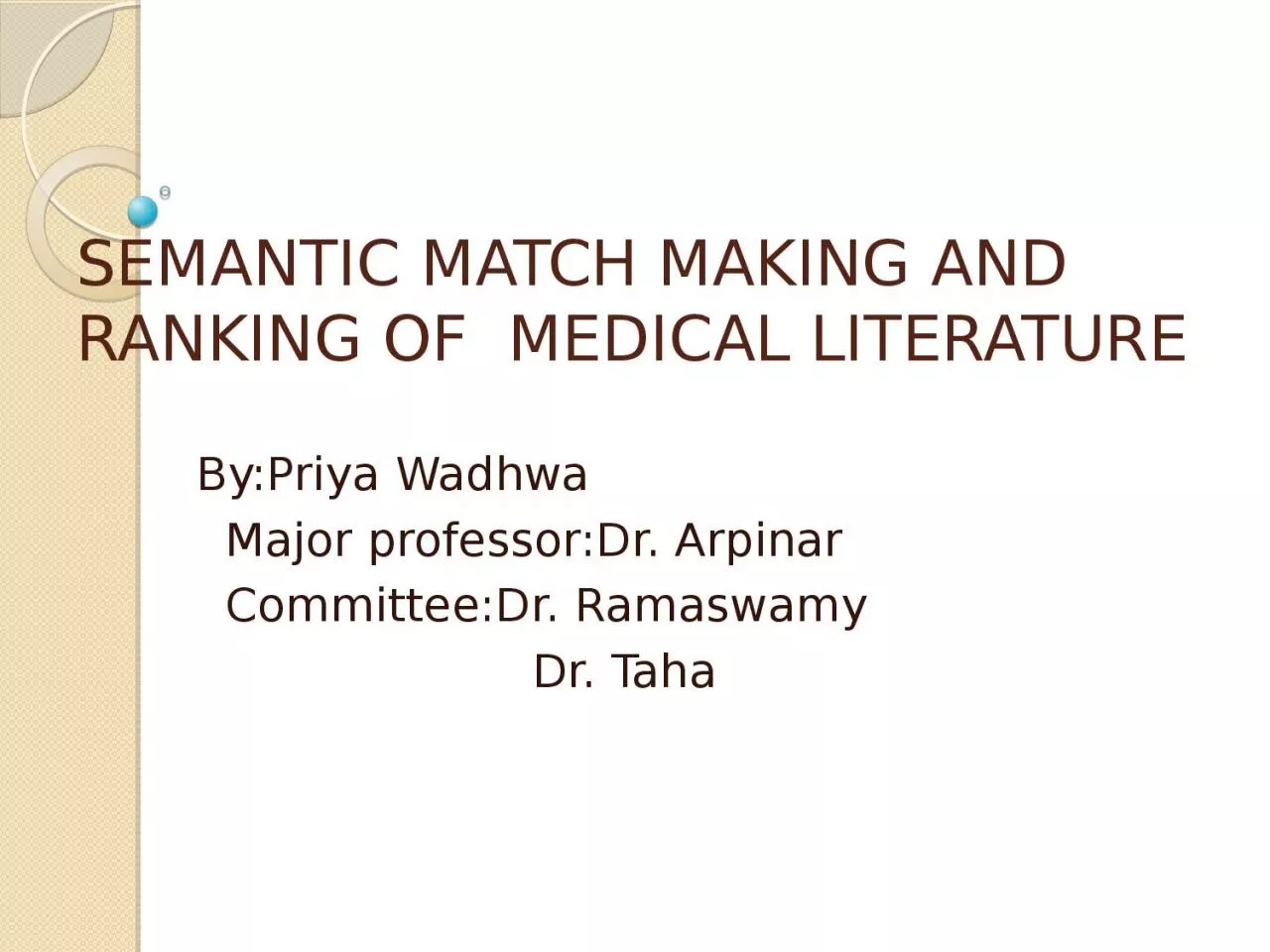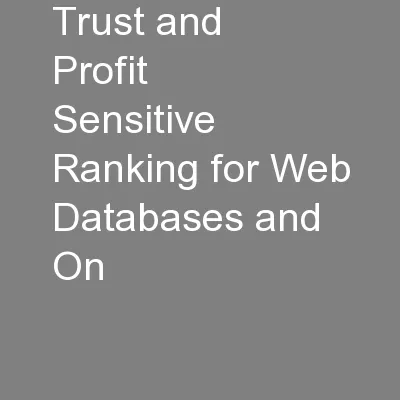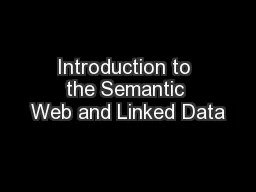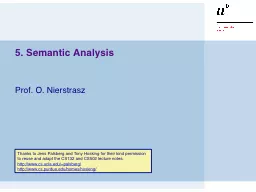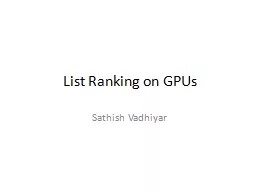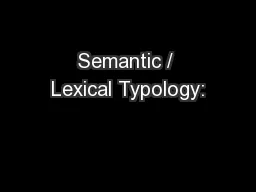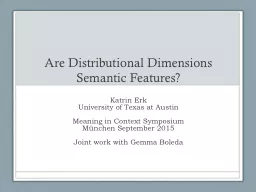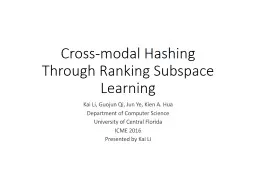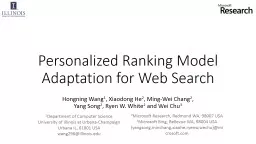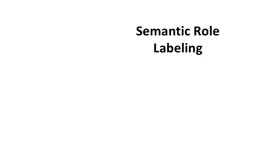PPT-SEMANTIC MATCH MAKING AND RANKING OF MEDICAL LITERATURE
Author : lily | Published Date : 2024-02-09
ByPriya Wadhwa Major professorDr Arpinar CommitteeDr Ramaswamy Dr Taha Outline Introduction Motivation Goals System Overview System Workflow Pillars Match Making
Presentation Embed Code
Download Presentation
Download Presentation The PPT/PDF document "SEMANTIC MATCH MAKING AND RANKING OF ME..." is the property of its rightful owner. Permission is granted to download and print the materials on this website for personal, non-commercial use only, and to display it on your personal computer provided you do not modify the materials and that you retain all copyright notices contained in the materials. By downloading content from our website, you accept the terms of this agreement.
SEMANTIC MATCH MAKING AND RANKING OF MEDICAL LITERATURE: Transcript
Download Rules Of Document
"SEMANTIC MATCH MAKING AND RANKING OF MEDICAL LITERATURE"The content belongs to its owner. You may download and print it for personal use, without modification, and keep all copyright notices. By downloading, you agree to these terms.
Related Documents

